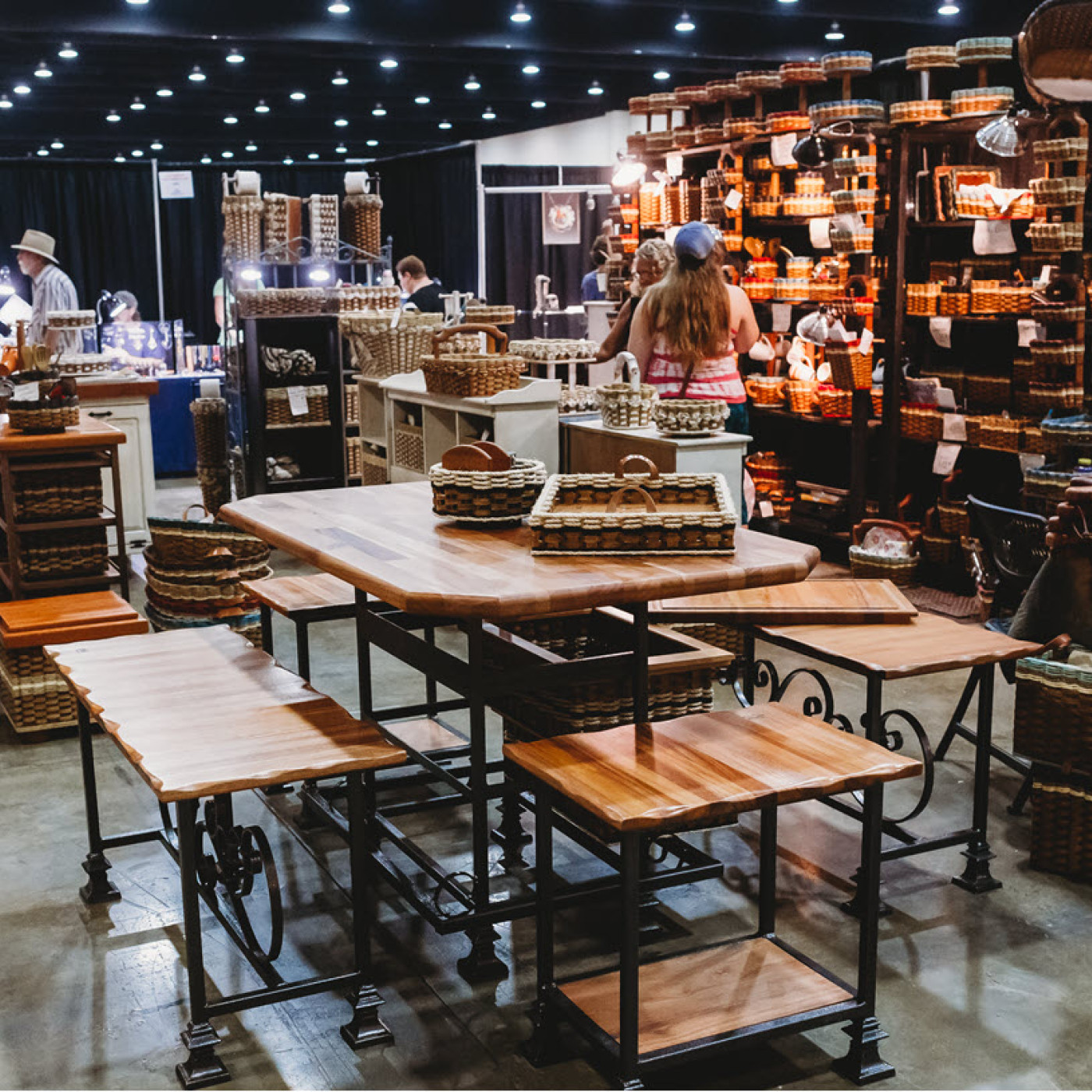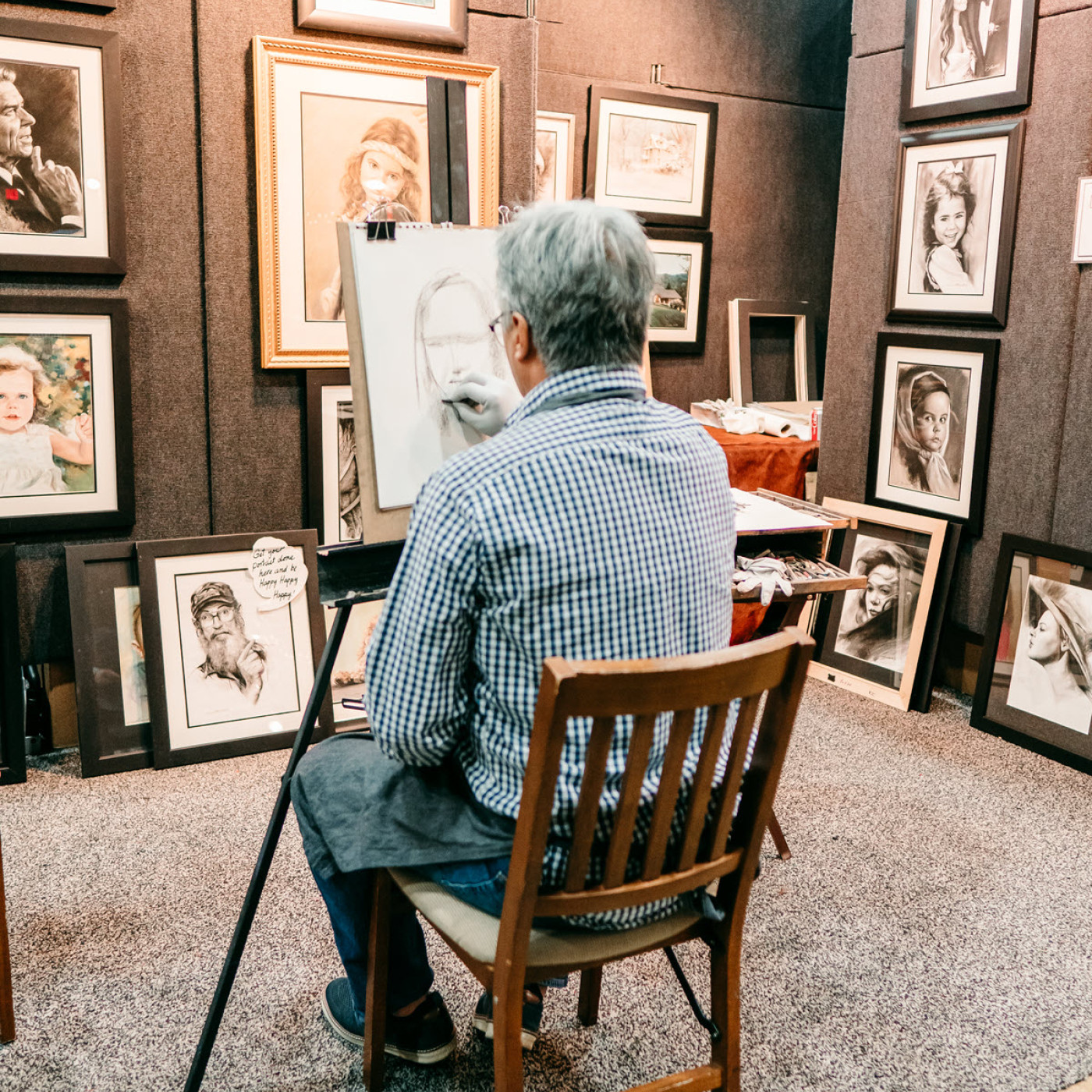Start With the Right Mindset Do Research Before You Apply to a Show

When applying to events, the overarching principle is consideration. Exhibitors are salespeople who must be considerate to potential customers and clients.
They should begin that practice when they fill out applications by having the right mindset: Be complete, thorough, accurate, professional, and do research ahead of time to make sure they are prepared to commit to the event. They then respect those viewing their applications and comparing them to others, as well as the other applicants.
Tips to make applications stand out relate to contact information, photo quality, preparedness, research, and commitment. Completing all the questions, getting personal details correct, and selling us on what they will exhibit is the purpose of the application.
That is also how we communicate with applicants. It complicates matters when an applicant enters an incorrect email address or one that they do not monitor.
The same problems arise regarding names and phone numbers. Some of this might flow better if more people construct a proper signature for their emails that includes “aka” or “dba,” alternate names, or a last name.
This also comes into play with payment forms. If the name on the check or credit card does not match the applicant, it complicates tracking money. This happens more often with women’s names due to changes in marital status, personal usage name, and keeping a professional name that is different.
A tip to stand out in the application process is to have high-quality photos. The jpg format is preferred, as it is fairly universal.
The main thing we need are well-lit, detailed photos. We want to see a picture of the person applying and see their face in that photo, making their art or craft in their maker space. Our event is for those who handmake their art or craft, so that is important proof for us.
We also need at least three photos depicting the items that will be brought. If there is a variety, we must see that. We aim to keep duplication as low as possible. Some booths and artists make similar things, according to the description. When we compare photos, we see how they differ.
Great booth photos are incredibly helpful — in the jury process, to eliminate duplication, and for setting up the show. It gives us at least one example of how the exhibitor likes to use the booth space. Our events are longer than most, so people want to be happy in their spaces. We strive to help exhibitors succeed in every way, including how their booth is set in our events.
How We Jury
In addition to photos, we require the category or categories and a detailed description of how the applicant makes what they sell. Most do well at this, giving details about the materials they use, how they source them, what they do with them, and describing the end products. We also ask for years of experience, awards, guilds, professional societies, education, and events they have participated in.
We often do not accept new makers because we want them to succeed. A long event like ours requires inventory, experience with price structures and how to make a sale, and experience talking to people from a variety of angles.
Whenever we accept new-to-the-business exhibitors, we always talk to them and emphasize they must do some one-day and weekend events, build up plenty of inventory, and get as much experience as possible before our event. At the event, we and other experienced exhibitors often make suggestions about what could be better.
Mistakes Seen
The most common mistake is the description not being complete or being too brief. We need it to be described thoroughly and completely.
We encourage everyone to do research before applying. It is a wonderful way to show professionalism and courtesy to the jury and other applicants. Look at the show’s website and social media. Visit the application page and read the application and any other information provided.
Applicants should find out where to stay and that cost before applying. Some assume they can camp in the parking lot of the event they applied to.

A percentage of people accepted to our event later cancel because they assumed cheap or free accommodations would be available. That wastes their time and ours and may have resulted in someone being turned away who could have been accepted earlier.
